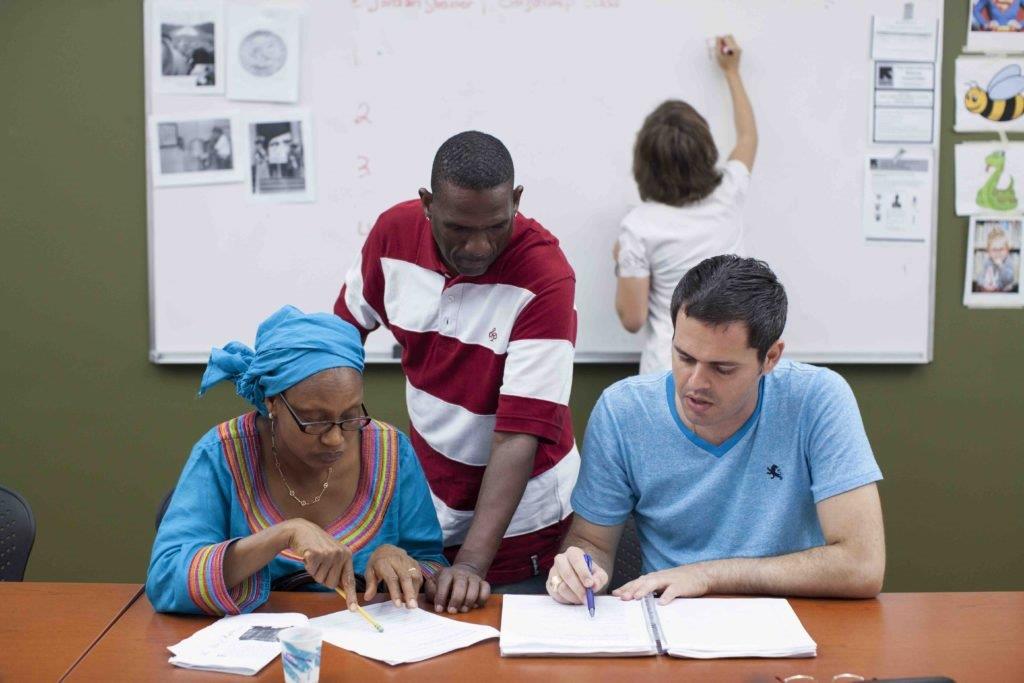
About Cultural Orientation
What is Cultural Orientation?
Refugees resettled in the United States receive Cultural Orientation to acquire vital knowledge, skills, and attitudes needed to adapt to their new lives and achieve self-sufficiency.
Overseas, Cultural Orientation is conducted at the Resettlement Support Centers. In the U.S., Cultural Orientation continues with a local Resettlement Agency.
Collectively, those delivering Cultural Orientation overseas and domestically create a Cultural Orientation continuum. This continuum highlights a collaborative effort of resettlement staff across the globe to deliver effective Cultural Orientation with consistent and harmonized messaging.
Some topics covered during Cultural Orientation classes include:
- How to find a job
- Housing rights and responsibilities
- U.S. laws
- Public education for children and adults
- Ways to learn or practice English
- How to use public transportation
- Banking, credit, and money management basics
- How to access healthcare services
For a full list of topics, view the Cultural Orientation Objectives and Indicators.
COVID-19 Modifications:
Due to the pandemic, Resettlement Support Centers and Resettlement Agencies modified their Cultural Orientation sessions to adhere to local public health guidelines. Modifications vary and include some or all of the following types of sessions: online, telephonic, and modified in-person with social distancing, masks, and other precautions. While Resettlement Agencies and Resettlement Support Centers modified their Cultural Orientation sessions due to the pandemic, all refugees still receive Cultural Orientation that aligns with the Cultural Orientation Objectives and Indicators.
Resettlement Support Centers
The following map provides information about pre-departure Cultural Orientation at the Resettlement Support Centers worldwide. All Resettlement Support Centers provide Cultural Orientation in alignment with pre-determined overseas objectives and indicators, deliver interactive programs, and apply adult learning principles and student-centered learning techniques.
Cultural Orientation is typically provided after the refugees are approved for resettlement and are close to the departure date. A typical refugee will receive Cultural Orientation within the month before travel to the United States.
Resettlement Agencies
Once in the United States, refugees are assigned to a Resettlement Agency to help them integrate into their new communities. A Resettlement Agency is a non-profit organization that cooperates with the United States Government to assist refugees who come to the United States through the United States Refugee Admissions Program. There are nine Resettlement Agencies in the United States that operate on a national level. The following map provides the locations for offices in the U.S. during FY20.
All Resettlement Agencies provide Cultural Orientation in alignment with pre-determined domestic objectives and indicators, deliver interactive programs, and apply adult learning principles and student-centered learning techniques. Domestic Cultural Orientation occurs within the first 90 days after arrivals.


